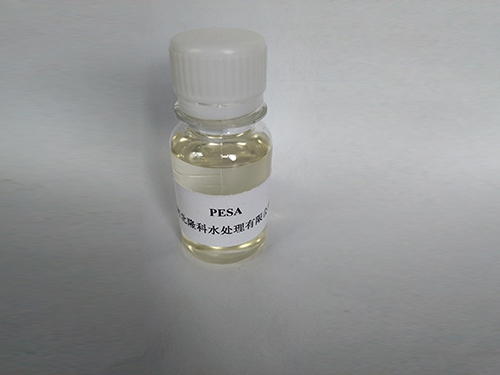cationic pam
The Role of Cationic Polyacrylamide (CPAM) in Water Treatment and Beyond
Cationic polyacrylamide, commonly referred to as CPAM, is a synthetic polymer that has garnered significant attention in various fields, particularly in water treatment processes. Its unique properties, including high charge density and excellent flocculation abilities, make it an invaluable tool in managing water quality and environmental challenges. This article explores the composition, applications, and advantages of CPAM, highlighting its impact on water treatment and other industrial processes.
Composition and Properties
Cationic polyacrylamide is derived from polyacrylamide through the cationization process, which introduces positively charged functional groups into the polymer chain. This modification enhances its ability to interact with negatively charged particles present in water, such as sediment, organic matter, and microorganisms. The result is a flocculant that can stabilize colloidal solutions and promote the aggregation of suspended particles, rendering them easier to remove from water.
The cationic nature of CPAM allows it to be particularly effective in applications where negatively charged contaminants need to be coagulated. Its molecular weight can vary, influencing its performance and suitability for different applications. Cationic PAM is generally classified based on its charge density, which can range from low to high, affecting the overall efficacy of the flocculation process.
Applications in Water Treatment
One of the primary applications of CPAM is in municipal and industrial water treatment. It is widely used in processes such as sludge dewatering, where it aids in the separation of solid waste from water, ensuring that treated water meets environmental discharge standards. By promoting the formation of larger aggregates, or flocs, CPAM enhances the efficiency of filtration and sedimentation processes, leading to clearer, cleaner water.
In addition to its role in wastewater treatment, CPAM is also utilized in the treatment of drinking water. It can effectively remove turbidity, color, and other impurities, ensuring that water is safe for consumption. The use of CPAM in water treatment facilities has been associated with improved operational efficiency, reduced chemical usage, and overall enhanced performance in meeting regulatory requirements.
cationic pam

Advantages of CPAM
The benefits of using cationic polyacrylamide in water treatment processes are manifold. Firstly, its effectiveness in promoting flocculation leads to improved water clarity and quality. Unlike traditional coagulants, which may require high doses and longer processing times, CPAM efficiently operates even at lower concentrations. This can translate to cost savings and reduced sludge generation, a key consideration in sustainable waste management.
Moreover, the versatility of CPAM allows for its application across various industries. Beyond water treatment, it is utilized in sectors such as paper manufacturing, oil recovery, and textile processing. In the paper industry, CPAM is employed as a retention aid and for enhancing the strength of fibers, while in oil recovery, it helps in the recovery of oil from reservoirs by improving the mobility of oil through the porous rock.
Environmental Considerations
As environmental concerns continue to shape industrial practices, the role of CPAM becomes increasingly important. The polymer is biodegradable, which mitigates potential environmental impacts associated with its usage. However, it is essential to monitor the application rates and disposal practices to ensure that any residual content does not adversely affect ecosystems.
Conclusion
Cationic polyacrylamide is a dynamic and effective polymer that plays a crucial role in water treatment and numerous other applications. Its ability to enhance flocculation, improve water quality, and comply with environmental regulations positions it as a valuable asset in both municipal and industrial settings. As industries seek more sustainable solutions to water management, CPAM remains an integral player in the quest for cleaner, safer water systems. With ongoing research and development, the future of CPAM looks promising, paving the way for innovative applications and greater environmental stewardship.
-
Water Treatment with Flocculant Water TreatmentNewsJun.12,2025
-
Polymaleic AnhydrideNewsJun.12,2025
-
Polyaspartic AcidNewsJun.12,2025
-
Enhance Industrial Processes with IsothiazolinonesNewsJun.12,2025
-
Enhance Industrial Processes with PBTCA SolutionsNewsJun.12,2025
-
Dodecyldimethylbenzylammonium Chloride SolutionsNewsJun.12,2025





